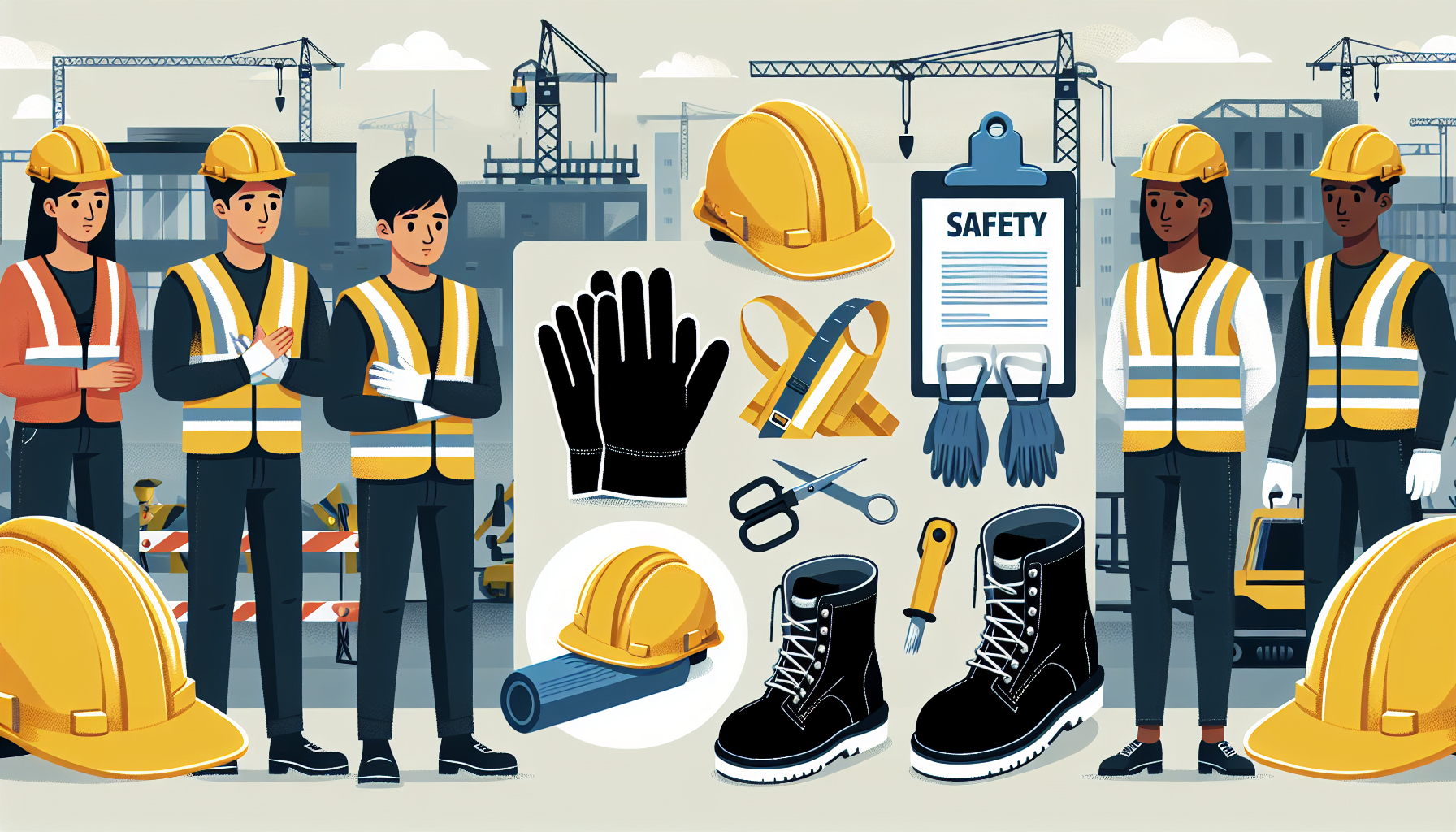Warehouse operations can be a bustling and busy environment, with workers navigating through aisles, operating heavy machinery, and handling various materials. With these activities, it is crucial to prioritize safety to prevent accidents and injuries. One area of concern in warehouse operations is the prevention of Powered Industrial Truck (PIT) accidents. PITs, such as forklifts and pallet jacks, are commonly used in warehouses and can pose significant hazards if not used correctly. In this article, we will discuss essential safety tips to prevent PIT accidents and promote a safer work environment.
1. Provide Proper Training
Providing proper training to all warehouse personnel is the foundation for preventing PIT accidents. Forklift operators should undergo comprehensive training on equipment operation, load handling, and safety protocols. It is crucial to ensure that operators are competent and certified to operate PITs. Regular refresher courses should also be conducted to reinforce safe practices and update operators on any changes or advancements in equipment.
2. Conduct Regular Maintenance
PITs should undergo regular maintenance and inspections to ensure they are in proper working condition. Regular maintenance can help identify any potential issues or malfunctions that could lead to accidents. This includes checking for faulty brakes, ensuring proper tire pressure, and inspecting all safety features, such as lights, horns, and seat belts. Any defects or concerns should be immediately addressed and resolved before the PIT is used again.
3. Create Clear Traffic Control Measures
Establishing clear traffic control measures within the warehouse is essential for preventing collisions and accidents involving PITs. This includes clearly marked pedestrian walkways and designated areas for PIT operation. Implementing visible signage and floor markings can help direct traffic flow and separate pedestrian and PIT pathways. It is crucial to enforce these measures and ensure that all employees are aware of and adhere to them.
4. Promote Workplace Awareness
Creating a culture of awareness and vigilance is key to preventing PIT accidents. Warehouse personnel should be trained to stay alert, constantly scan the environment, and communicate effectively. Encouraging employees to report any potential hazards or near-misses can help identify and address potential risks before accidents occur. Additionally, promoting active communication and awareness between forklift operators, pedestrians, and other warehouse workers can help prevent collisions.
5. Implement Load Handling Best Practices
Proper load handling is essential to ensure the stability and safe transportation of materials using PITs. Operators should be trained on correct stacking methods, weight distribution, and load limits. Overloading a forklift or improperly securing a load can lead to tip-overs and accidents. Implementing accountability measures, such as regular inspections and enforcing proper load handling practices, can help minimize the risk of accidents.
6. Use Safety Equipment
Providing and enforcing the use of appropriate safety equipment is crucial for preventing PIT accidents. Forklift operators should always wear seat belts and use other personal protective equipment, such as helmets and reflective vests. Pedestrians should also wear high visibility clothing to ensure they are easily seen by PIT operators. Implementing safety equipment protocols and conducting regular checks to ensure compliance can significantly reduce the risk of accidents.
7. Conduct Regular Safety Audits
Regular safety audits should be conducted to assess the effectiveness of safety measures in place and identify any areas for improvement. These audits should include reviewing training records, inspecting PITs and safety equipment, and interviewing employees about their safety practices and concerns. Engaging employees in the audit process and addressing any identified issues promptly helps maintain a strong safety culture within the warehouse.
Conclusion
PIT accidents can have severe consequences, including injuries, damage to property, and loss of productivity. By following these essential safety tips, warehouse operators can create a safer work environment, minimize the risk of PIT accidents, and enhance overall safety and productivity. Remember, safety should always be a top priority in any warehouse operation.
If you are looking to improve the safety of your warehouse operation, HCO Innovations can help. They offer warehouse safety evaluation services to identify potential hazards, develop customized safety protocols, and implement safety training programs. Visit HCO Innovations to learn more and take the first step towards a safer warehouse.

